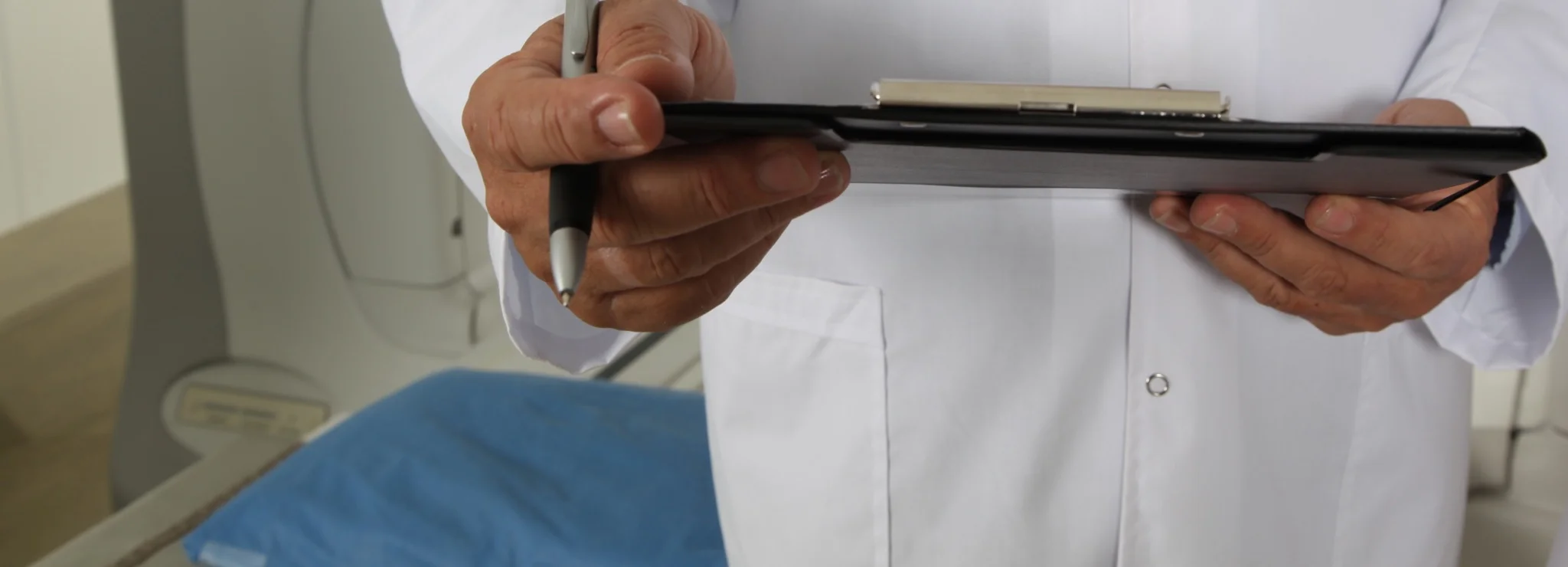KP Nurse Rounding
Windows Surface Application
KP Nurse Rounding is a mobile app for the Windows Surface. The app enables nurse managers to capture the patient experience and address their needs as they arise to maintain quality care. The app was piloted at various Kaiser Permanente facilities in California.
My Role & Team
UX Designer
I led user research, ideation and user testing of the application. I created wireframes and early prototypes for testing on the hospital floor.
Product Team
I collaborated with a product manager, UX designer, visual designer and engineering team from conception to release of the first version of the KP Rounding application.





